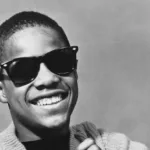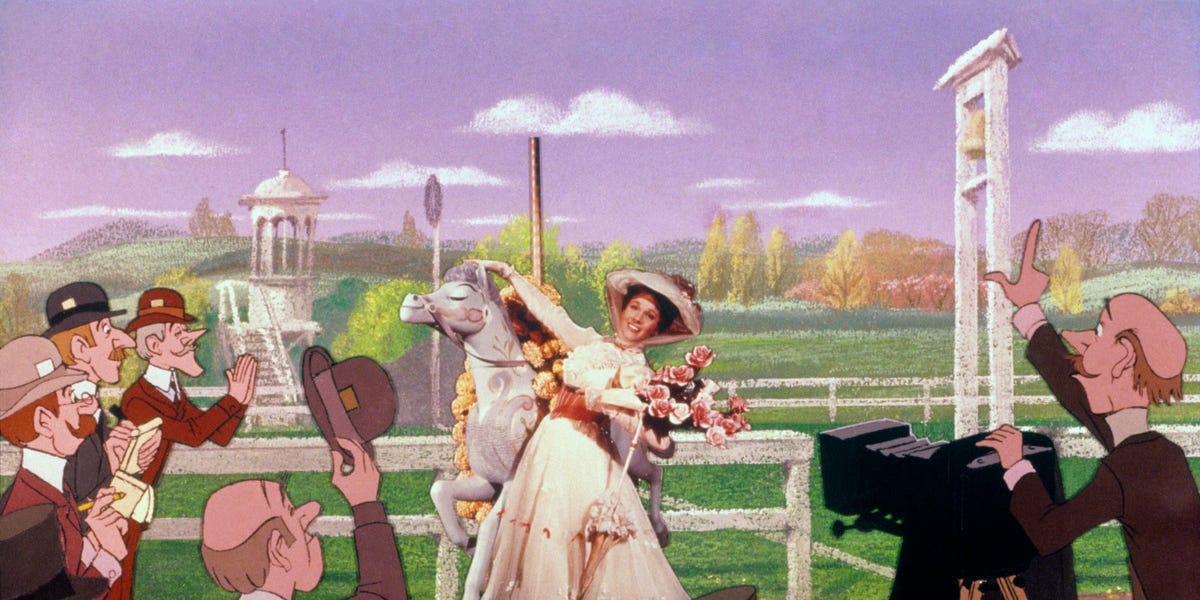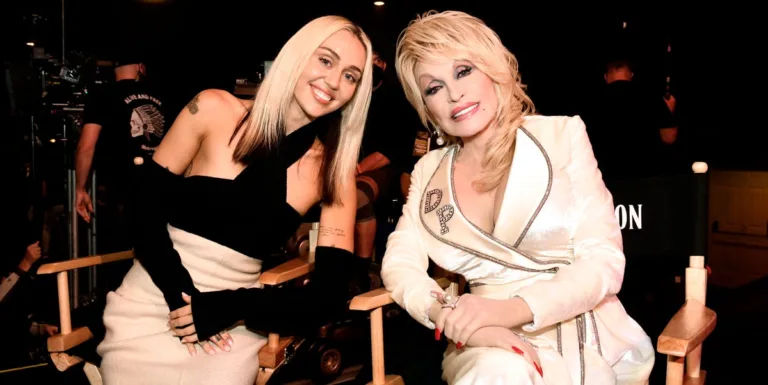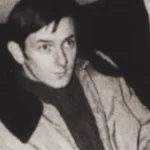The story of Mary Poppins is more than just a whimsical tale about a magical nanny; it’s a fascinating journey intertwined with creative clashes and enduring controversy. At its heart lies the complex Relationship Between Walt Disney and P.l. Travers, the author of the beloved children’s books.
Disney, captivated by Travers’ stories, made a promise to his daughter Diane in the 1940s To Bring Mary Poppins to the big screen. However, this dream faced a major hurdle: Travers fiercely guarded her literary creation and was reluctant to relinquish control. For over two decades, Disney persistently pursued Travers, eventually persuading her to sell the film rights in 1961.
This agreement sparked a whirlwind of creative collaboration and tension. While Travers accepted financial incentives, she remained deeply involved in the Production Process, offering her insights and often clashing with Disney’s team. Despite her contributions, Travers ultimately found herself profoundly disappointed by the final product, Criticizing Its Animation, music, and casting choices. This discordant relationship between author and filmmaker adds a layer of intrigue to the enduring legacy of Mary Poppins.
A Promise to Diane: The Genesis of the Project
The seeds of the Mary Poppins film were sown in a heartwarming moment between father and daughter. In the 1940s, young Diane Disney cherished the stories of the magical nanny from her Beloved Book Series. Recognizing his daughter’s fascination, Walt Disney made a promise to bring Mary Poppins to life on the big screen. This simple pledge marked the beginning of a journey that would span Over Two Decades, fraught with challenges and ultimately culminating in one of Disney’s Most Iconic Films.
While Disney was captivated by Travers’ Whimsical Tales, he faced an obstacle: securing the rights to adapt them. P.L. Travers fiercely protected her literary creation and initially resisted selling the screen rights. Undeterred, Disney patiently pursued Travers, hoping to win her over with his vision for a faithful adaptation. He understood the power of these stories and envisioned them captivating audiences worldwide.
This initial promise to Diane, fueled by Disney’s passion and respect for the source material, set the stage for a complex and often tumultuous journey towards realizing Mary Poppins on film.
Travers’ Resistance and Disney’s Persistence
P.L. Travers’ Fierce Attachment To Her Beloved Mary Poppins created a significant hurdle for Disney. She viewed the stories as deeply personal and was wary of Hollywood’s potential to distort or trivialize their essence. Travers feared that a film adaptation would compromise the integrity of her characters and the magical world she Had Painstakingly Crafted.
Disney, however, remained undeterred in his pursuit of bringing Mary Poppins To Life. He understood Travers’ concerns but believed he could create a faithful and heartwarming adaptation that honored the spirit of her books. Over many years, Disney persistently appealed to Travers, emphasizing his respect for her work and his vision for a film that would delight audiences of all ages.
This back-and-forth dance between resistance and persistence became a defining aspect of the Mary Poppins story. While Travers remained guarded, Disney’s unwavering dedication eventually swayed her, leading to a complex collaboration that would forever shape the legacy of both the author and the beloved nanny.
 Blind Stevie Wonder: Musical Icon Overcoming Sight Loss
Blind Stevie Wonder: Musical Icon Overcoming Sight LossCollaboration and Clash: Production Dynamics
Once Travers agreed to the film project, a unique dynamic emerged between her and Disney’s team. While she accepted financial incentives, Travers insisted on being involved in the production process, offering her insights and opinions on every aspect of the film. This collaboration brought both creative sparks and heated clashes.
Travers’ deep understanding of the characters and world she had created often clashed with Disney’s vision for a more whimsical and Musical Adaptation. Discussions about animation style, Music Choices, and even casting decisions became points of contention. Despite these disagreements, Travers’ involvement ensured that certain elements remained True To Her Original Stories, preserving the essence of Mary Poppins’ magic.
The production of Mary Poppins became a fascinating blend of creative collaboration and tension. While Disney’s team strived for cinematic spectacle, Travers fought to maintain the integrity of her beloved characters and narratives. This complex interplay ultimately shaped the Final Product, creating a film that both honored the source material and embraced the magic of Hollywood storytelling.
Critical Acclaim and Travers’ Discontent
Upon its release in 1964, Mary Poppins Captivated Audiences Worldwide. The film’s Whimsical Charm, Catchy Songs, and memorable performances earned it widespread Critical Acclaim. It won five Academy Awards, solidifying its place as a cinematic classic. Julie Andrews’ portrayal of Mary Poppins became iconic, while Dick Van Dyke’s performance added a delightful dose of humor.
Despite the film’s Resounding Success, P.l. Travers remained deeply dissatisfied with the Final Product. She found fault with various aspects, including the animation style, Musical Choices, and casting decisions. Travers felt that Disney’s adaptation had strayed too far from the spirit of her original stories, Prioritizing Entertainment Over Literary Integrity.
This disconnect between critical acclaim and Travers’ personal disappointment highlights the complex relationship between author and adaptation. While audiences embraced Mary Poppins as a beloved classic, Travers’ enduring criticism serves as a reminder that even successful adaptations can fall short of an author’s vision.
The Enduring Legacy of Mary Poppins on Screen
Despite Travers’ reservations, Mary Poppins has left an undeniable mark on Cinematic History. Its enduring popularity speaks to the timeless appeal of its story, characters, and themes. The film continues to enchant generations of viewers with its whimsical charm, Heartwarming Messages, and unforgettable musical numbers.
Beyond its commercial success, Mary Poppins has become a cultural touchstone, Influencing Countless Other Films, Television Shows, and works of art. Its iconic imagery, such as Mary’s flying umbrella and the chimney sweep Dance Sequence, are instantly recognizable and have permeated Popular Culture.
The legacy of Mary Poppins on screen is a testament to the power of storytelling and the ability of film to capture the imagination and inspire wonder in audiences worldwide.
More for curious minds
Unlock extra content and exclusive deals tailored to your interests.










